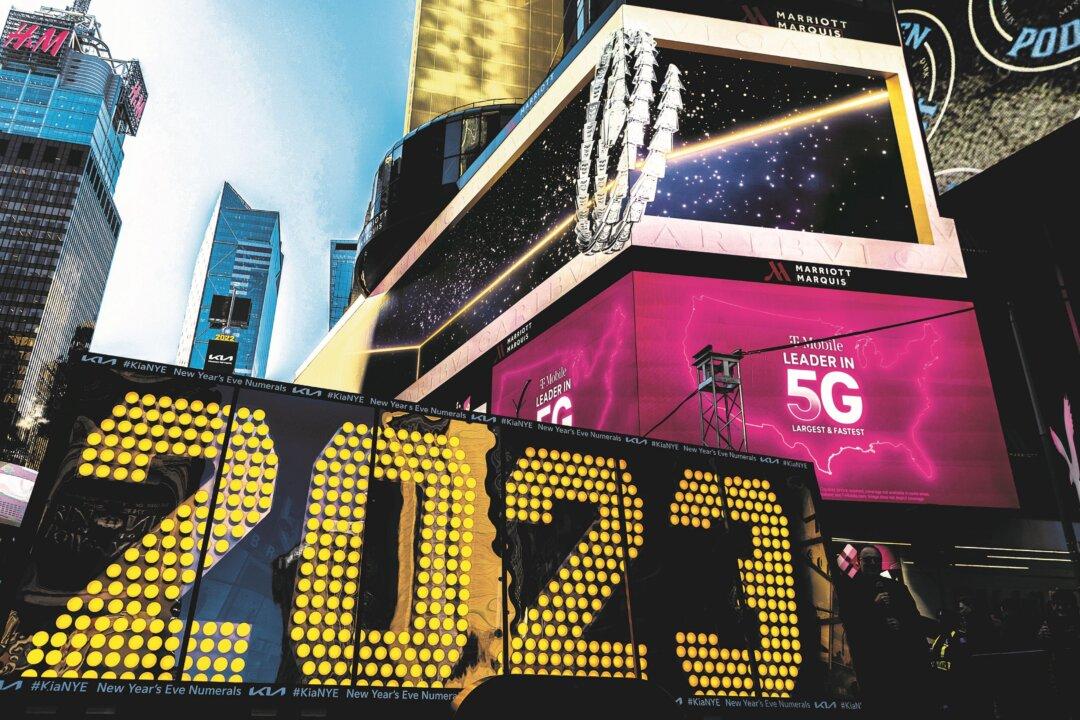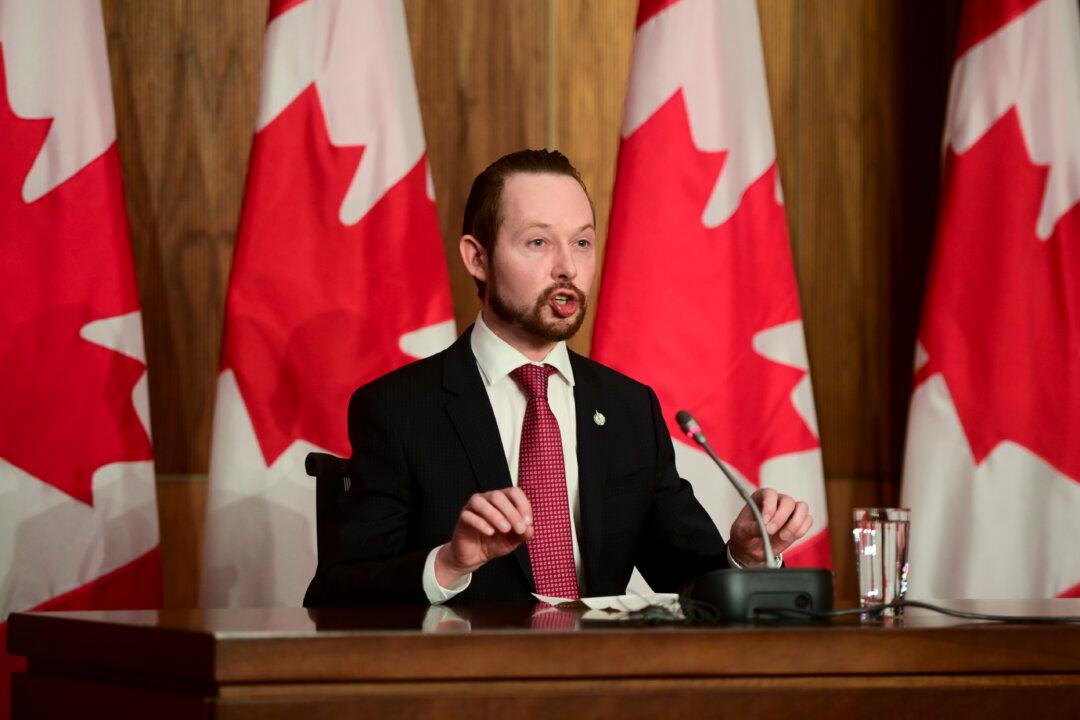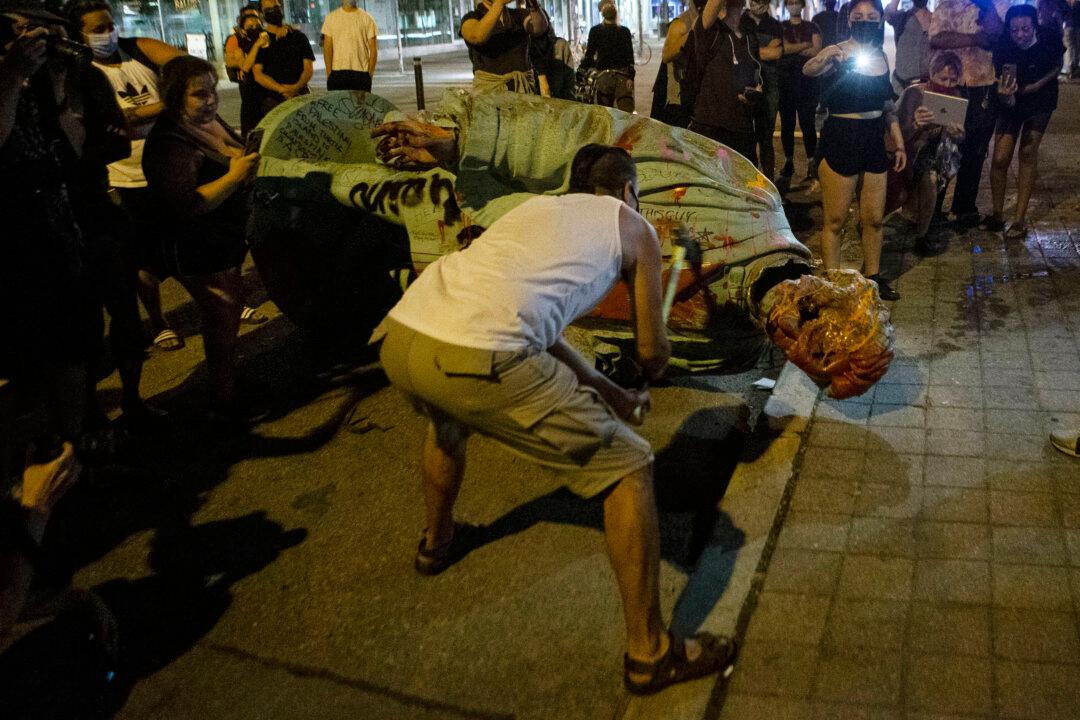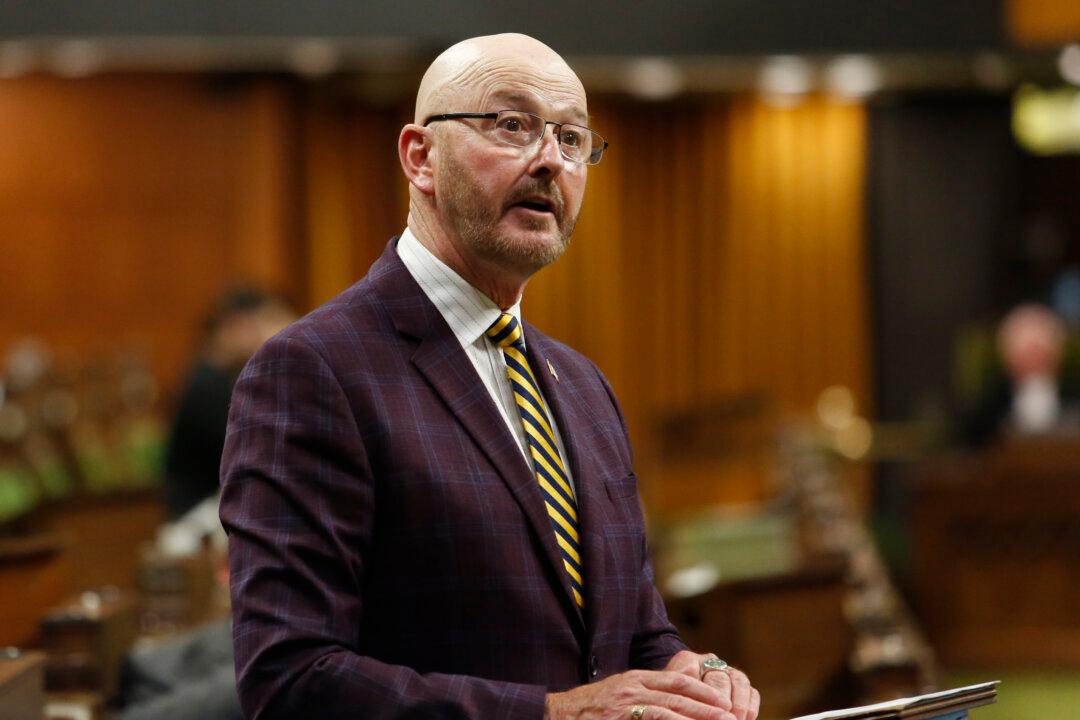Little Improvement Foreseen in Number of Female MPs
A significant breakthrough in the number of women who will become MPs after the election remains unlikely.
Liberal candidate Ruby Dhalla. Despite more female candidates running in the current federal election, a significant breakthrough in the number of women who will become MPs after the votes are counted remains unlikely, says Equal Voice. Matthew Little/The Epoch Times
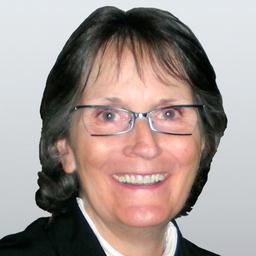
Joan Delaney
Senior Editor, Canadian Edition
|Updated:
